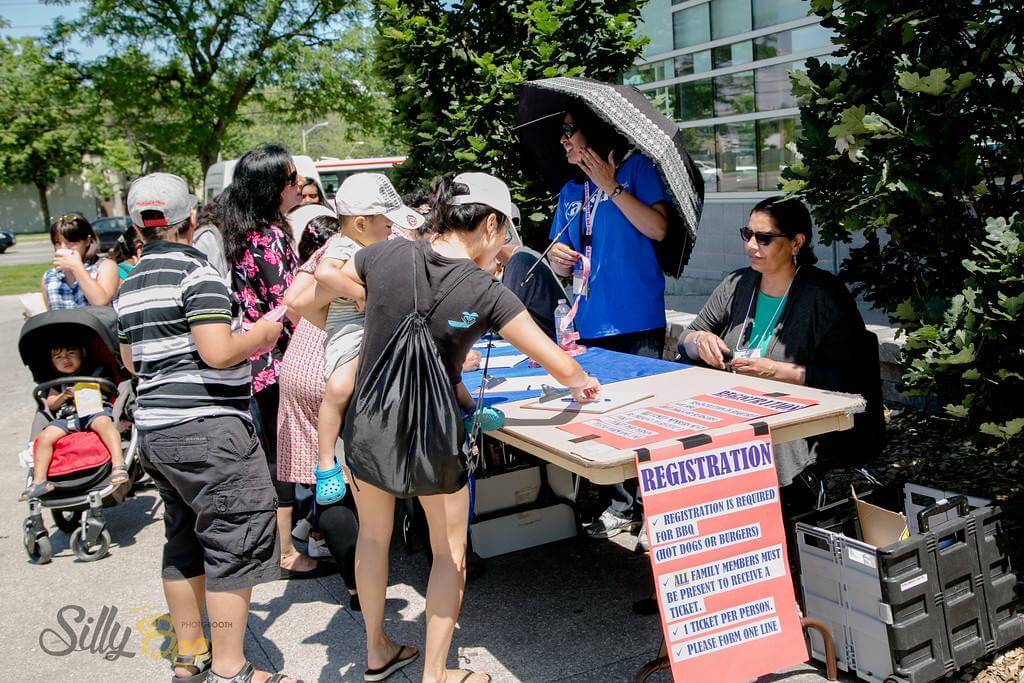• Define your goals – Be clear on what you or your group want to achieve. A focused goal makes your message stronger.
• Know your audience – Identify who you want to reach and the best ways to engage them (e.g., flyers, social media, door-to-door, community meetings). Consider language, past experiences, and levels of trust.
• Respect the community – Connect with local leaders, listen first, and avoid imposing your agenda. Use the process to build relationships.
• Meet people where they are – Show up in the spaces where community members gather and connect in ways that feel natural to them.
• Build allies and partners – Look for shared interests and common goals to strengthen your efforts.
• Execute together – Involve community members directly in outreach, whether as volunteers, paid workers, or partners from local groups and faith organizations.
• Learn and improve – Track what works and what doesn’t. Keep good notes, map neighbourhood dynamics, and maintain contact lists.
• Practice your message – Prepare a clear, tailored “elevator pitch.” Use plain, everyday language when speaking informally.
COMMUNITY OUTREACH DO'S AND DONT'S
DO:
• Listen more and talk less.
• Build trust and rapport.
• Be persistent and stay optimistic. It takes time to engage people.
• Work in a way that makes you feel safe. If you feel threatened or uncomfortable with a situation it’s better to move on. If you meet an angry community member, try to defuse the situation and move on.
DON'T:
• Demand or force community members to listen to you. Not everyone is open to listening and that’s okay.
• Expect to reach your goals in one event or outing.
